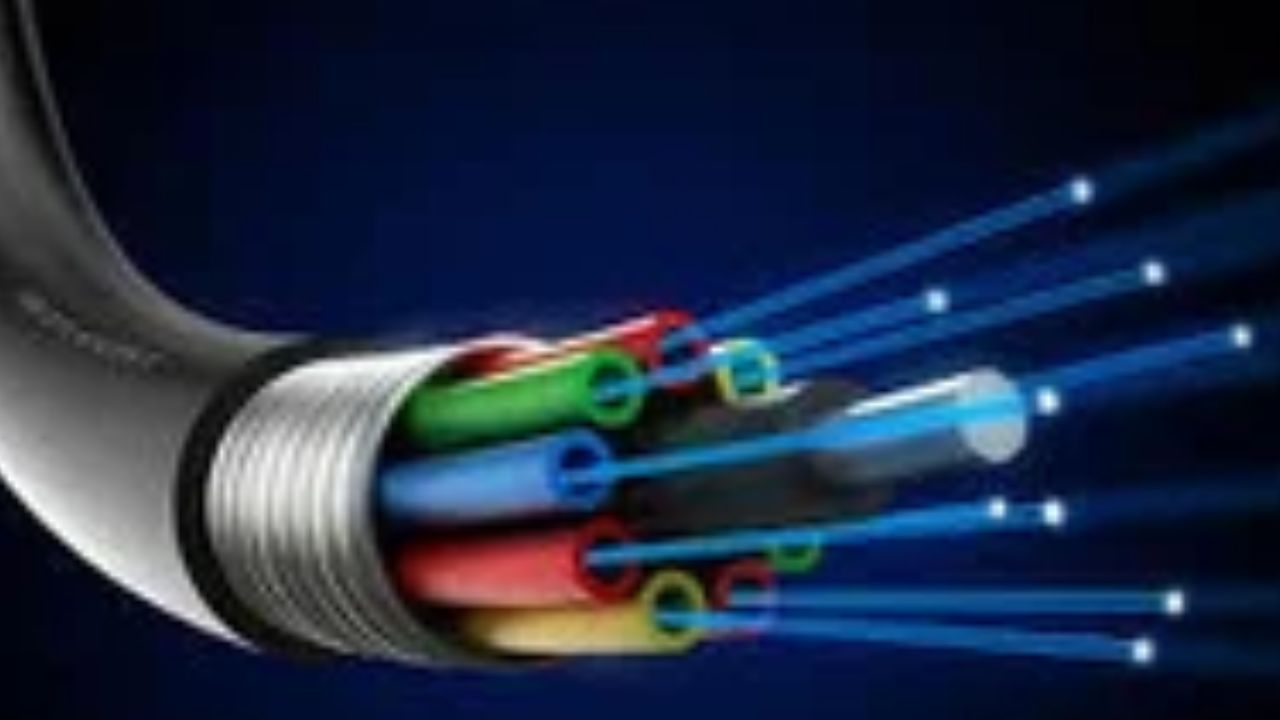Advanced data transmission lines called fiber optic cables use light pulses to send data at very fast speeds. These cables, which are made of tiny glass or plastic strands, direct light through complete internal reflection, minimizing signal loss while transferring data over great distances.
Fiber optic cables are immune to electromagnetic interference, which makes them perfect for high-bandwidth applications in contrast to conventional copper lines. They are extensively used in networking, cable television, internet services, and telecommunications due to their dependable and quick data connections.
Fiber-optic technology is also very important in the industrial and healthcare sectors. While it enables precise sensing and automation in the latter case, it enhances medical imaging and diagnostics in the former. You can go to this url for more information. Fiber optic connections enable the Internet of Things (IoT) and 5G networks, two technologies that will further impact digital communication and networking in the future.
Next Developments in Fiber Optic Technology
Fiber-optic technology is at the forefront of a change in the way we connect with the world, share data, and communicate in an era characterized by rapid technological breakthroughs. As fiber optic technology develops, it will have even more revolutionary effects on how we connect as well as on industries like healthcare, education, and business.
Enhanced Internet Bandwidth and Speed
Because of the increasing popularity of online gaming, cloud-based services, and high-definition material, there is a constant need for increased bandwidth and quicker internet rates. With the capacity to transfer data at the speed of light, fiber optic technology is well-positioned to both meet and surpass these expectations.
Gigabit and even terabit internet speeds are becoming a reality as research and development work to improve fiber optic infrastructure. This enhanced speed helps large-scale data processing as well as individual users, providing faster information access and fostering innovation across a range of industries.
Boosting the Internet of Things
Fibre optic networks are essential to the high-speed wireless connections made possible by the introduction of 5G networks, which mark a substantial advancement in wireless communication technology. 5G networks require fiber optic cables as their backbone because they offer dependable connectivity and low latency.
5G technology will make it possible for connected healthcare systems, smart cities, IoT gadgets, and autonomous cars to all work together seamlessly as it spreads. To manage the enormous amounts of data traffic that these networked devices produce, fiber optic networks are essential to creating a world that is more successful and intelligent.
Quantum Communication Advances
Based on quantum mechanics, quantum communication offers unparalleled security and data integrity. Quantum key distribution (QKD) systems, which leverage the quantum properties of particles to safeguard communication channels, can be used to create unbreakable encryption.
These quantum communication networks can be physically built through the use of fiber optic cables, which offer long-distance quantum-encoded information transmission. Governments, corporations, and individuals might all benefit from secure communication channels as quantum communication technology develops and has the potential to overhaul cybersecurity.
Using Fiber Optics in Medical
Fiber optic technology is advancing significantly in the healthcare industry, improving the capacity for medical imaging and diagnosis. Fiber optic sensors enable minimally invasive procedures while improving surgical precision and providing real-time feedback to surgeons.
High-speed fiber optic connections also make it easier to transport massive medical databases, which makes data-driven research, telemedicine, and remote consultations possible. The use of fiber optic technology in healthcare not only improves patient outcomes but also quickens research and medical developments.
Fiber Optic Technology in Education
The worldwide movement in education toward digital and remote learning has brought attention to the necessity of dependable Internet access. Fiber optic networks provide the basis for high-quality, low-latency online learning experiences.
Students and teachers may easily participate in virtual classrooms, interactive lectures, and cooperative projects thanks to the expanding availability of high-speed internet via fiber optics. People everywhere, regardless of location, may now access education because of this connectedness, which fosters lifelong learning.
Summary
Without a doubt, fiber optic technology has a bright future ahead of it because of ongoing investment, innovation, and research. Future digital environments will be largely shaped by fiber optic networks as the need for quicker, more dependable connectivity grows. The bright future of fiber optic technology is poised to completely change the way we work, live, and interact with the outside world as we seize these revolutionary opportunities.
